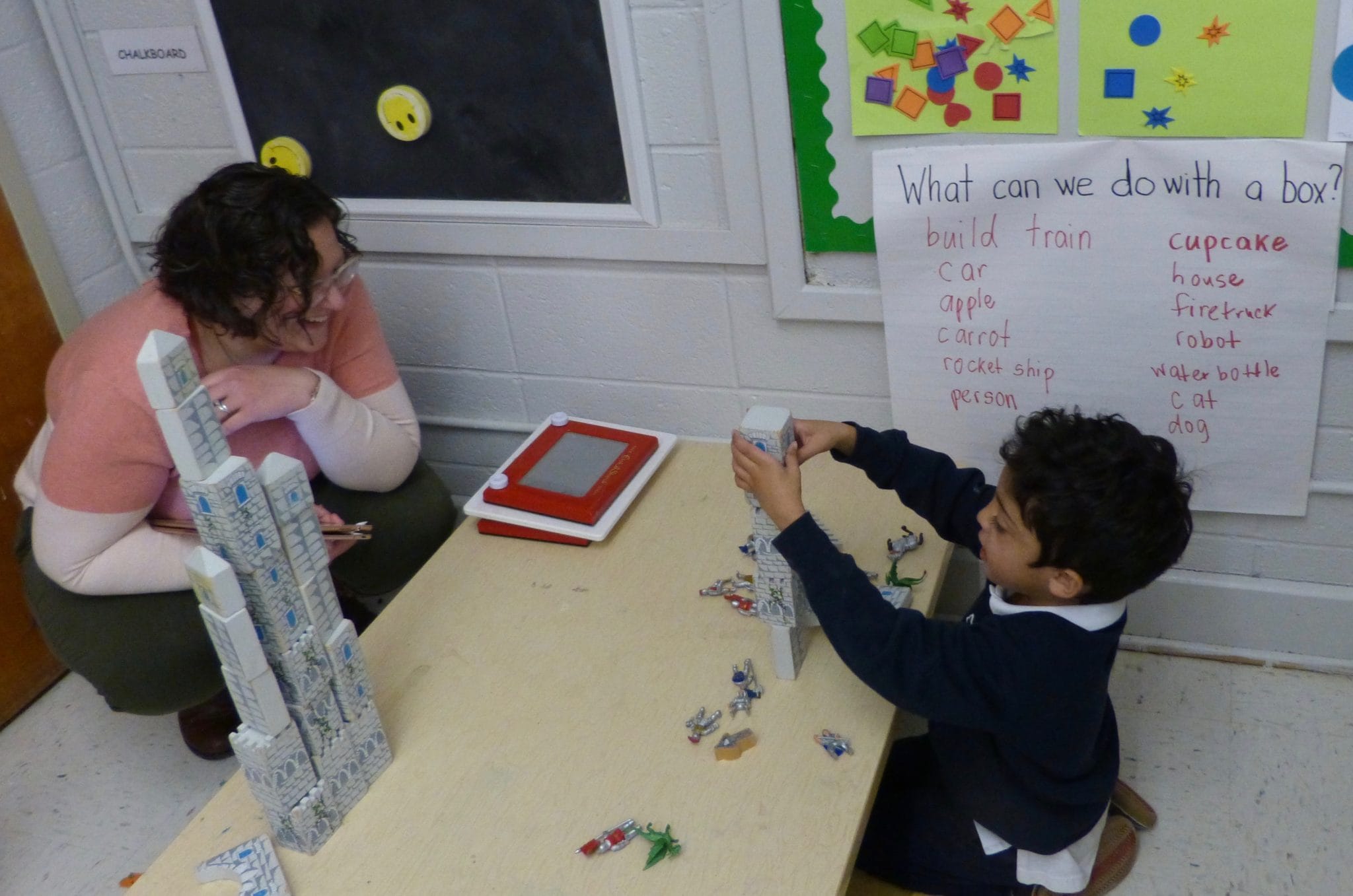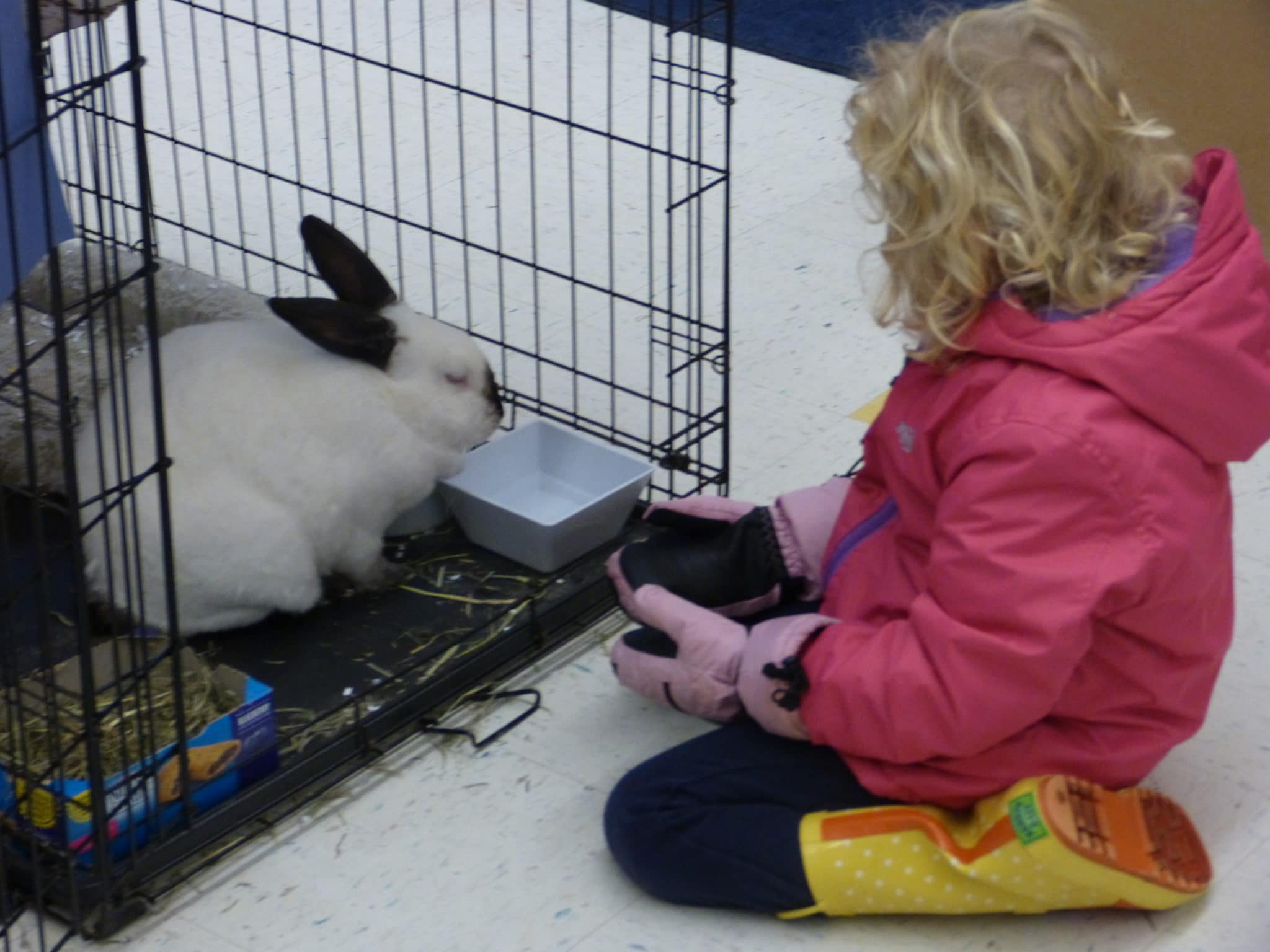December 6, 2018
Earlier this Fall, the Inspired Teaching team and our partners at the Astra Center for Innovative Education launched the #EngagingSchools tour to observe engagement-based education across the country. Our tour began in New York City, and included visits to Fall Creek, Wisconsin, and the Inspired Teaching Demonstration School.
 The National Alliance for Engagement Based Education’s #EngagingSchools tour continued at two uniquely inspiring schools. From a mathematics class that includes writing poetry and building benches, to a bunny who’s regularly seen roaming the hallways, both City Neighbors Hamilton School and Grace Episcopal Day School expanded our minds as to what school can look like.
The National Alliance for Engagement Based Education’s #EngagingSchools tour continued at two uniquely inspiring schools. From a mathematics class that includes writing poetry and building benches, to a bunny who’s regularly seen roaming the hallways, both City Neighbors Hamilton School and Grace Episcopal Day School expanded our minds as to what school can look like.
We’ve begun to pick up on common characteristics of engagement-based schools during our tour — but there are also always a few attributes that make a particular school stand out. At City Neighbors Hamilton in Baltimore, it was their dedication to a student-centered, engagement-based curriculum that makes them shine.
Student-Centered, Engagement-Based Curriculum
 At City Neighbors Hamilton, the curriculum is driven by student interests and needs. Because the students are different every year – so is the curriculum! A teacher shared, “Nothing is ever the same from year to year, The question is, ‘What do students need?’” The school’s dedication to providing every student with personalized, hands-on learning opportunities is evident throughout the school. While studying proportions, a math class built benches to understand the real world application of the subject. During another unit, students chose social justice topics to research with a mathematics perspective – like a statistics project focused on the gender pay gap. In art class, students can choose what type of art to do each day. In science, students choose their dependent variable (what to measure) in their experiments.
At City Neighbors Hamilton, the curriculum is driven by student interests and needs. Because the students are different every year – so is the curriculum! A teacher shared, “Nothing is ever the same from year to year, The question is, ‘What do students need?’” The school’s dedication to providing every student with personalized, hands-on learning opportunities is evident throughout the school. While studying proportions, a math class built benches to understand the real world application of the subject. During another unit, students chose social justice topics to research with a mathematics perspective – like a statistics project focused on the gender pay gap. In art class, students can choose what type of art to do each day. In science, students choose their dependent variable (what to measure) in their experiments.
Students also experience a variety of assessments, many far more creative than traditional tests, including reenactments and journal entries. In some instances, students even help to design the rubrics that teachers use to assess. The elevation of student voice and choice has created an environment where students thrive. As one student put it, “I’m excited to go to school, and not just because of lunch or recess, but other fun things we do!”
City Neighbors Hamilton was founded on the guiding question,“What would it take for every child to feel known, loved, and inspired?” and it’s clear from our visit that they remain driven to find the answers.
A Joyful Environment Built Through Caring Relationships
It didn’t take long for us to discover that at Grace Episcopal Day School (GEDS), caring relationships are what make this school community such a successful one.
Students are authentically engaged because they feel like part of a tight-knit community. A fifth grader contrasted Grace with a previous school he’d attended, sharing that at Grace “people are really connected.” The fourth and fifth graders illustrated this sense of connection as they beamed about their favorite teacher. The students emphasized that she solved student conflicts without making anyone feel bad and made sure all students were participating. One student described the teacher, remarking, “She believes in you and knows there’s something special inside.”
Peer to peer relationships are essential at Grace, as well. Opportunities to build meaningful connections  are integrated into the school’s structure, through programs like Big & Little Buddies, where older students are paired with younger students. Students also voiced their appreciation for Grace’s familial feel, which contrasts other schools’ zero tolerance approach. One student shared, “People here hug. At my old school you lost recess if you touched someone.” The intentional effort to develop students’ nurturing skills extends to animals, as well. Coniglio, the school bunny (who is older than most of the students) has free reign to explore the school, and students know to keep an eye out for him, and care for him, as needed.
are integrated into the school’s structure, through programs like Big & Little Buddies, where older students are paired with younger students. Students also voiced their appreciation for Grace’s familial feel, which contrasts other schools’ zero tolerance approach. One student shared, “People here hug. At my old school you lost recess if you touched someone.” The intentional effort to develop students’ nurturing skills extends to animals, as well. Coniglio, the school bunny (who is older than most of the students) has free reign to explore the school, and students know to keep an eye out for him, and care for him, as needed.
Relationships between teachers are particularly strong, too. Teacher turnover is very low, with only 1-3 new teachers each year, and teachers stay at Grace for an average of 7 years. Building an adult community at Grace comes naturally with so many veteran educators and a work culture dedicated to collaboration. Teachers frequently work together not only on lesson planning, but in the classroom; it’s not uncommon for teachers to stay with their students during specials, like Art and Music. The caring relationships fostered at Grace result in an environment where students and teachers feel supported and safe taking risks.
As the #EngagingSchools tour wraps up, stay tuned for our final report which will synthesize key takeaways and will offer guidance on implementing engagement-based teaching practices. Follow us on Twitter at @InspireTeach and our partners at @AstraInnovate for the latest updates.
